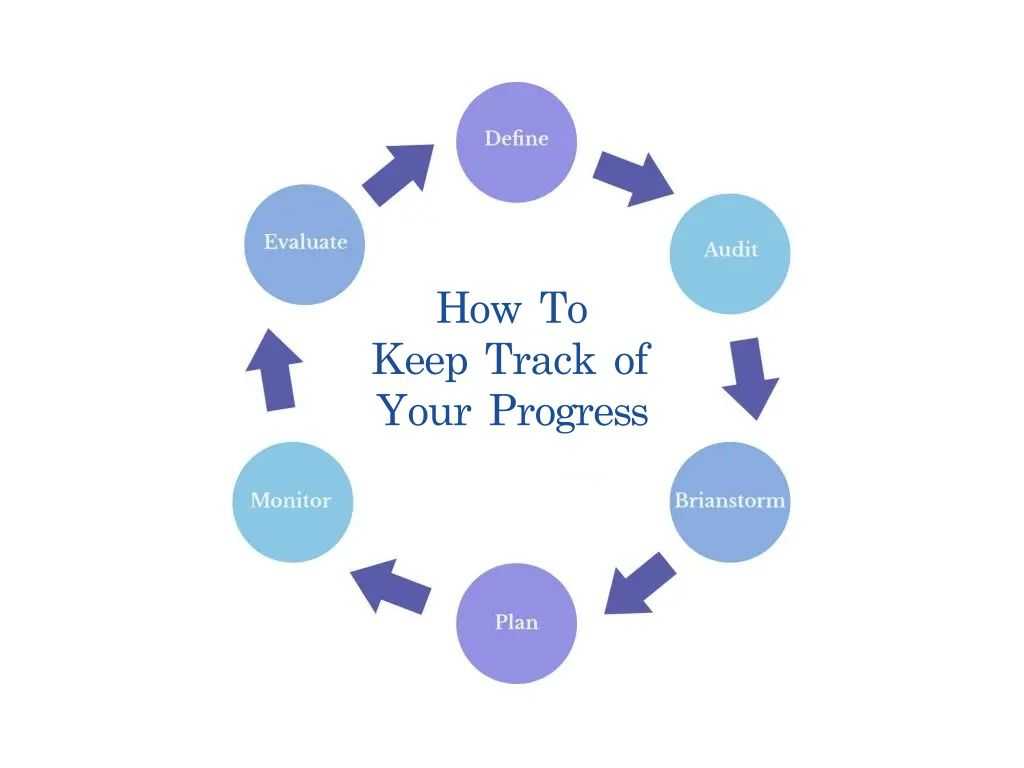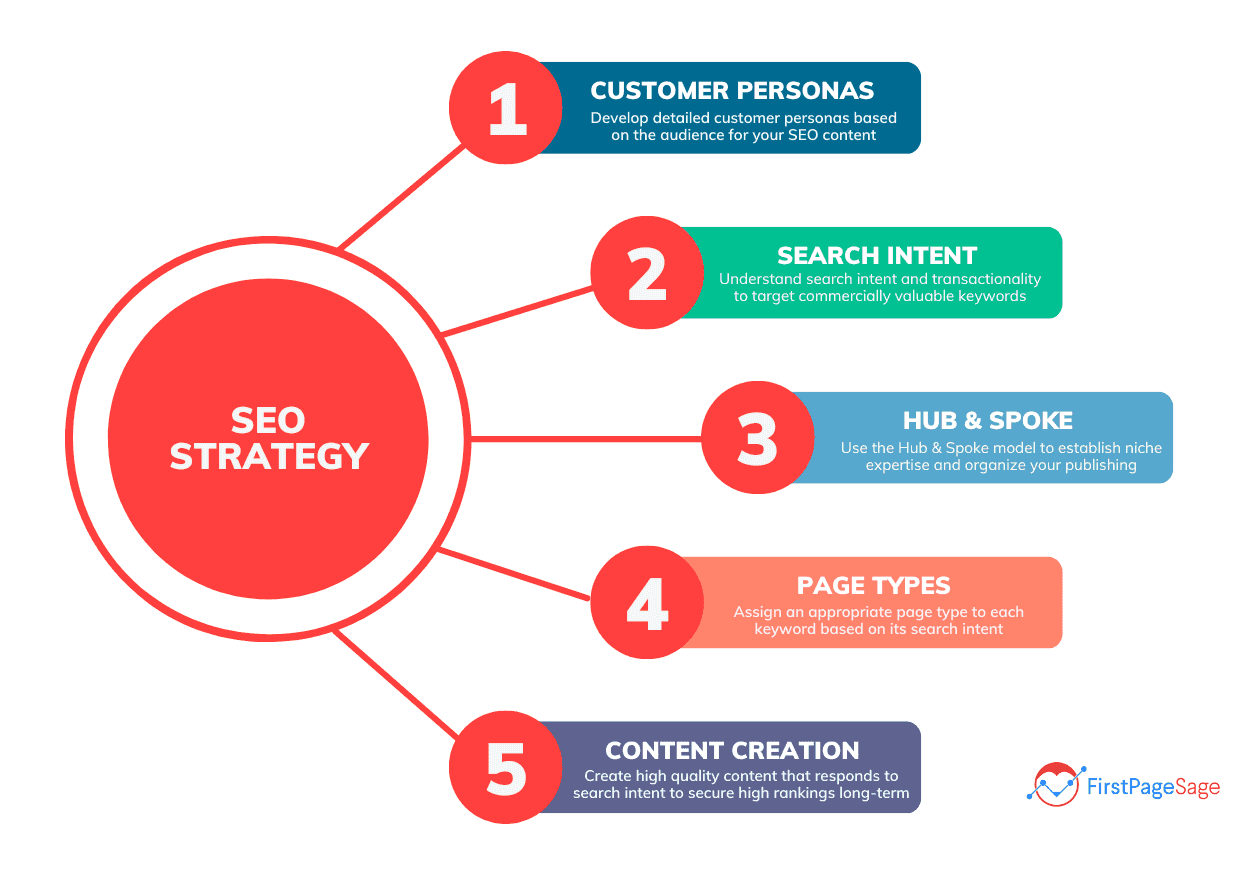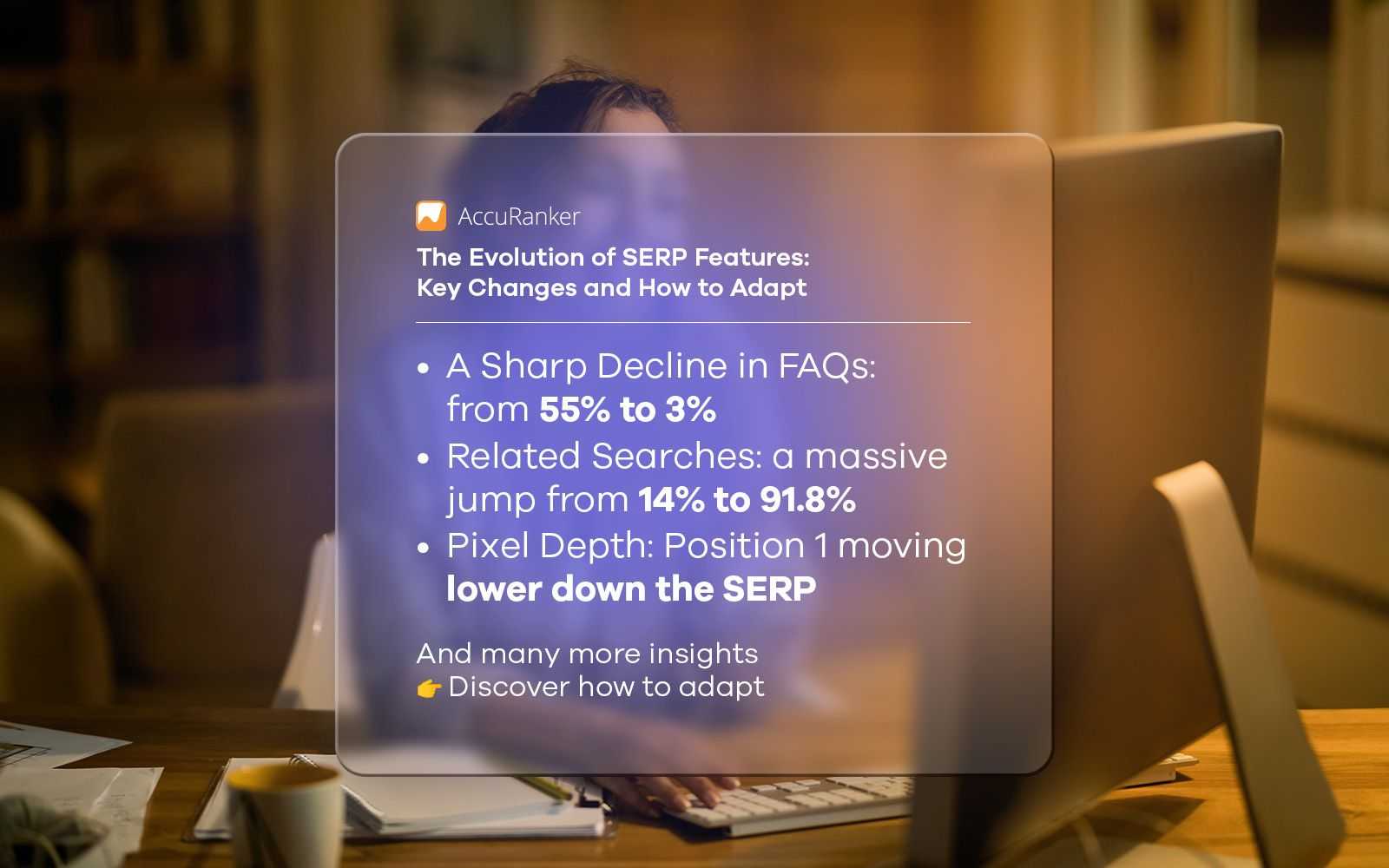Long-Game Approach: Building Brand Trust and Authority Through Consistent Content Strategy
Last updated on Tuesday, October 3, 2023

Technology and the market that evolves online seem to be ever-changing. This can make it difficult for brands to stay both up to date with the times and people and, well, on brand. The result of a lot of companies and brands dying is because of the constant pressure and the need to be “liked” by everyone.
Quick wins or flashy moments are just that. Quick. That’s why consistency in content strategy means so much to the consumer. This is how trust and authority is established. Let’s talk about the long-game approach instead of the instant gratification of a few more fans.
Understanding the Power of Trust and Brand Consistency
Being able to build trust is the most fundamental approach of any successful company or brand. Every single day, online consumers are overflooded with choices and information. The first impression may get you in the door, but what you do with it will last a lifetime. When you focus on long-term trust, you show the following.
When you are consistent, you allow your audience to become familiar with your brand. If they have difficulty following or registering your brand, they won’t remember to return to it. This presents the idea of reliability, They know what they are getting when they come to you.
Focusing on long-term repetition will establish authority in a world where most information can’t be trusted. This is when consumers will come to you for expertise because you stuck around. They trust you’ll be there.
By being there for the long haul, you demonstrate authenticity. This is especially true when you stay on brand. You aren’t here for a quick cash-in but to support your consumers for the long run.
By implementing these strategies, you can leverage the full power of your audience and fan base.
What Does The Long Game Look Like
The long-game approach to content strategy focuses on cultivating trust and authority gradually, rather than seeking quick wins. It acknowledges that building a reputable brand takes time, effort, and a well-thought-out plan. Here's how to put this approach into action:
It’s one thing to understand the long game with content strategy; it’s another to implement it. Let’s delve deeper into specifics that your brand can start doing today.
Understand Who You Are Working With
Knowing who your target audience is, is crucial.. Knowing their pain points and motivations can help you deliver a product or service that meets those needs. Catering to too many audiences or genres often can neglect who your product or service truly is for.
What is Your Winning Schedule?
Posting anything at any time won’t get you very far. Having a solid campaign strategy is how you will reach your target audience.
Consistency in content delivery is essential. Whether it's blog posts, videos, podcasts, or social media updates, a regular posting schedule helps you stay on your audience's radar and demonstrates your commitment. Platforms recognize consistency as a marker of authority.
Quality Over Quantity
Just because you have a winning schedule doesn’t mean you should post anything. Quality matters; the less helpful your posts are, the less engagement you will receive. Your content should be informative to your user and truthful. This takes time to develop and requires thoughtful planning ahead of time.
Regularly publishing in-depth content on relevant topics showcases your expertise and authority. Over time, you become the go-to source for industry insights. Share case studies and success stories that highlight your real-world impact. These narratives demonstrate your ability to deliver results.
SEO Still Rules
Source: Firstpagesage![SEO Strategy - SEO still Rules]()
Search Engine Optimization still rules the game in terms of how your content is being shown to users. You are already one step ahead of the game by following the advice above. Having said that, brushing up on keywords that fit naturally throughout the article is important. Relevant linking to your own content, as well as authorities, gives you a boost as well.
Building Trust through the Long Term Approach
Reliability: Consistency in content delivery shows your audience that you are reliable and committed to providing value over the long haul.
Credibility: High-quality, well-researched content establishes your credibility within your industry. Over time, you become a trusted source of information.
Transparency: Authenticity and transparency go hand in hand. When you're open about your processes, challenges, and successes, it humanizes your brand and fosters trust.
Audience Engagement: Actively engage with your audience by responding to comments and messages. This interaction builds a sense of community and reinforces your commitment to your audience.
Consistent Messaging: Maintain a consistent brand voice and messaging across all your content channels. This helps in reinforcing your brand identity and trustworthiness.
Establishing Authority through the Long Game
Collaboration and Networking: Collaborate with influencers and experts in your field. This not only expands your reach but also associates your brand with established authorities.
Thought Leadership: Share your unique perspectives on industry developments and emerging trends. Thought leadership positions you as an industry thought leader.
Education and Training: Offer educational resources, such as webinars or online courses, to further solidify your status as an authority in your niche.
How To Keep Track of Your Progress

Doing all this work is no shot in the dark. It’s important to monitor your posts carefully while giving them time to develop so your brand is able to see patterns. Here is what your company should be using to keep track of the progress.
Set Clear Objectives
Start by defining clear and specific objectives for your content strategy. What are you trying to achieve? Are you aiming to increase website traffic, grow your email list, or boost social media engagement? Clearly defined objectives provide a roadmap for your progress tracking efforts.
What Are Your KPI’s?
KPIs are the key performance indicators. Knowing what your most interesting metrics are to look at is the battle. Common KPIs for content include pageviews, time on page, conversion rates, social shares, and email sign-ups. Regularly monitor these metrics to gauge your progress. For content creators, these indicators usually revolve around engagement and traffic. This will show how people interact and receive your content.
Run A/B Testing
In order to understand what is working best for your content creation, it’s important to run what is called A’B testing. This is when you try one method and compare it’s results in the same conditions next to another. This will allow you to see things like “if posting at 6 PM EST is better than posting at 3 PM EST.”
Create a Content Calendar
Develop a content calendar that outlines your content creation schedule. Include details like publication dates, topics, target audiences, and platforms. A content calendar helps you stay organized and ensures a consistent flow of content.
Run Content Audits
Conducting regular content audits is a crucial part of maintaining a high-quality and relevant online presence. It helps you identify content that may be outdated, underperforming, or in need of updates, ensuring that your website or platform remains valuable to your audience.
Also, content audits should not be a one-time effort. Schedule regular content audits, whether quarterly, semi-annually, or annually, to keep your website or platform fresh and aligned with your evolving goals and audience needs.
Make Your Adjustments
With a close eye on your metrics and running A/B testing, you should be able to stay on brand and stay up to date with trends. This can keep your posts current while keeping your voice and authenticity the same. Growing is always encouraged for a brand.
Based on your progress tracking results, be prepared to adjust and optimize your content strategy. If certain content types or topics are performing exceptionally well, allocate more resources to them. Conversely, if something isn't working, make necessary changes.
Collect feedback from your audience through surveys, comments, and direct messages. Use this input to refine your content strategy and address audience needs and preferences.
Stay Informed
Continuously educate yourself about content marketing trends and best practices. The digital landscape evolves rapidly, so staying informed is essential for effective progress tracking and strategy adjustment.
Assistance Is Never a Bad Thing
Not everyone can be a master at content strategy. That is why we have those who specialize in it. There is no harm in asking for a roadmap SEO strategy from a successful digital company. You also can work on it yourself as a brand. With a wealth of information on how to optimize your brand and posts, the basics can be picked up.
Starting somewhere is better than nothing. By posting quality content and focusing on increasing consistency, brands can quickly connect with many consumers and fans. By engaging them, a brand can also find out what they are looking for and help give them more of that.
The long-game approach to content strategy may not yield immediate results, but it lays a strong foundation for lasting success. By consistently delivering valuable content, building trust with your audience, and establishing your authority within your industry, your brand will become synonymous with credibility and expertise.
In the end, the long game isn't just about content; it's about building enduring relationships and fostering a community of loyal followers who rely on your brand as a trusted source of knowledge and solutions.

Article by:
Donna Maurer
Writer
She is a motivated marketing intern who has recently completed her Masters in Business Administration with a focus on modern marketing and artificial intelligence. With her exceptional academic background, Donna has gained extensive knowledge and practical experience in the field of marketing, especially in areas such as digital marketing, social media marketing, and customer relationship management.



